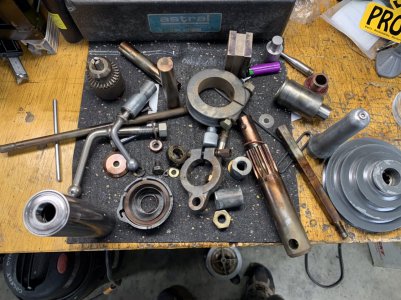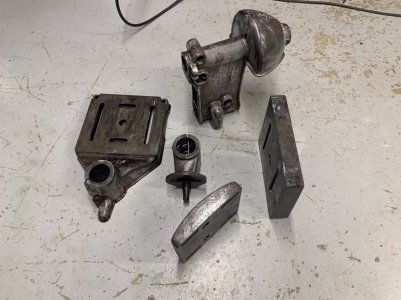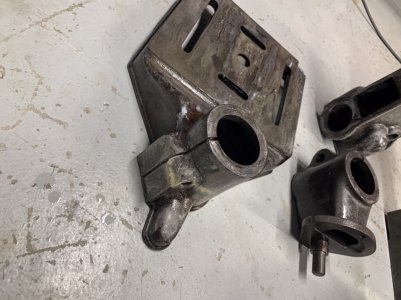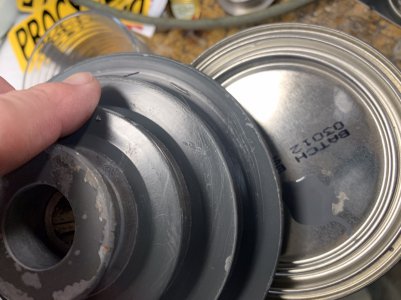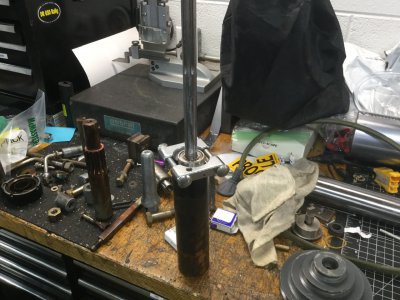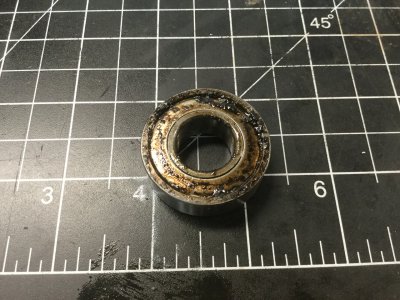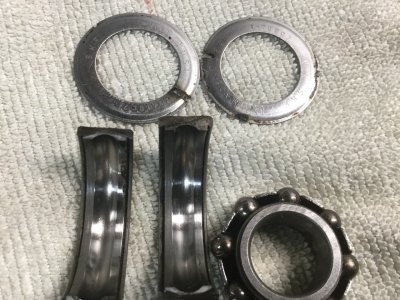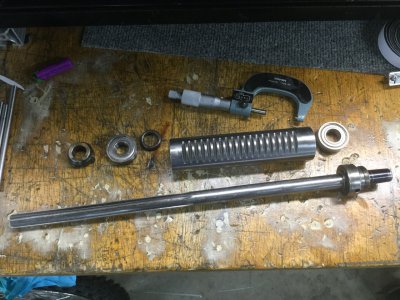I understand your concern about heat transfer but after reading product info on the retaining compound #680, it sounds like it might just do the trick, maybe some of the experienced machinists members can chime in and tell us whether it would work for your application.
OTOH, if you know a place that does the hard chroming at a reasonable price, it might be a better option but I still would research the retaining compound option a bit more, I've heard positive comments on them.
Top Pick Loctite® 680™ is a high strength, high viscosity room temp. curing adhesive used to join fitted cylindrical parts. It fixtures in 10 minutes and provides a shear strength of 4,000 PSI. Capable of filling diametral gaps up to 0.015". Loctite® 680 allows relaxed machining tolerances, and replaces clamp rings, set screws, and snap rings. Gives best resistance to dynamic, axial & radial loads. Recommended for retaining shafts, gears, pulleys and similar cylindrical parts. NSF/ANSI 61 Certified. ABS Approved.



